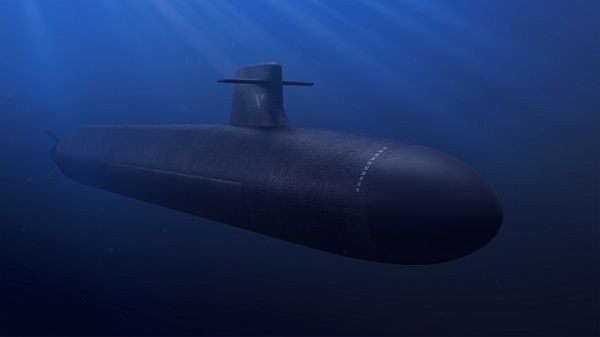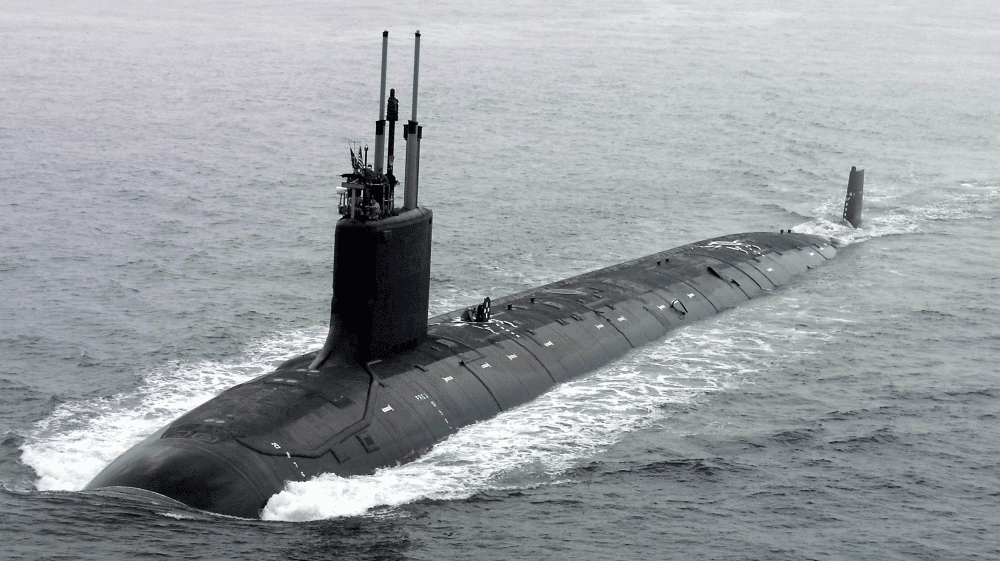Forest Green
ACCESS: Above Top Secret
- Joined
- 11 June 2019
- Messages
- 5,133
- Reaction score
- 6,787

Le ministère des Armées planche sur une technologie de rupture pour la propulsion des sous-marins - Zone Militaire
Pour mener à bien ses missions, un sous-marin nucléaire doit être le plus discret possible. Seulement, malgré les innovations développées au cours de ces
 www.opex360.com
www.opex360.com
To eliminate this cavitation noise, there is only one solution: do without a propeller... Which would be possible with magnetohydrodynamics [MHD] which, to summarize succinctly, is concerned with the flow of electrically conductive fluids in the presence of a magnetic field.
“The basic principle of MHD propulsion is simple. It involves using electromagnetic forces to propel ships by reaction. These Laplace forces come from the interaction between a magnetic field, created by superconducting coils and electric currents circulating in sea water. Thus, the electrical energy, supplied by generators on board, is directly transformed into mechanical energy [work of electromagnetic forces],” explains Christophe Trophime, in a thesis on this subject.


